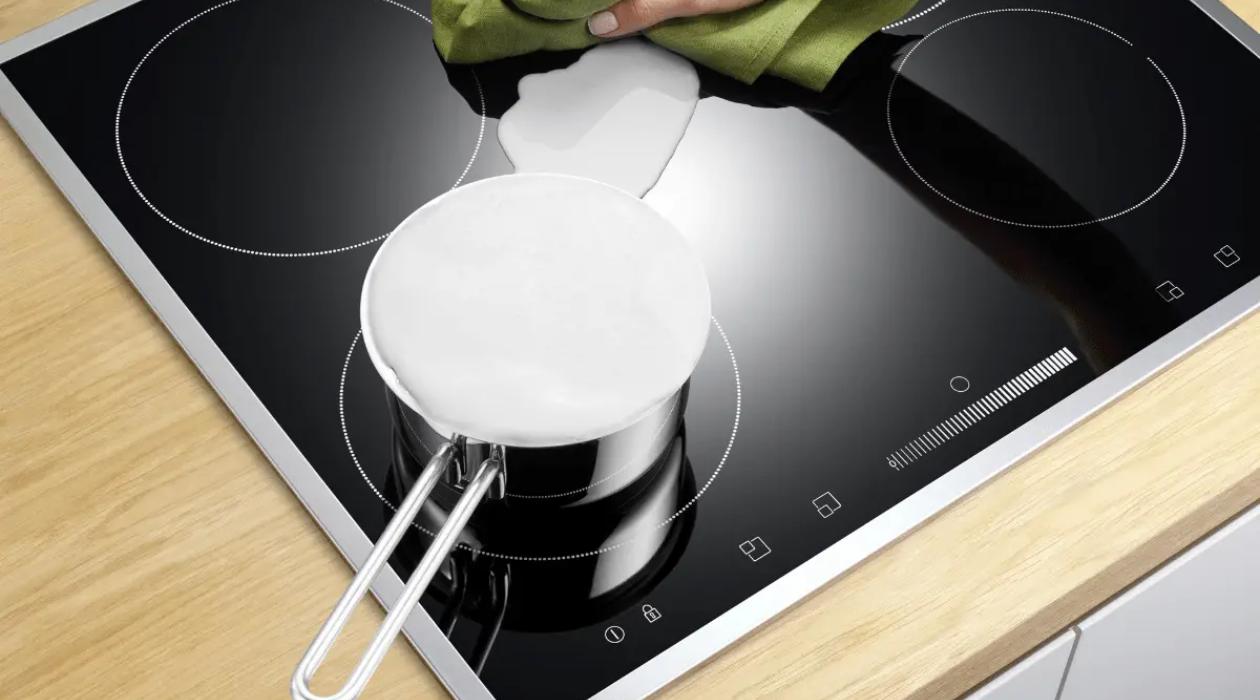

Articles
How To Protect A Glass Top Stove
Modified: January 6, 2024
Discover effective articles on how to protect your glass top stove and keep it looking spotless and scratch-free. Find easy tips and tricks to maintain its beauty and longevity.
(Many of the links in this article redirect to a specific reviewed product. Your purchase of these products through affiliate links helps to generate commission for Storables.com, at no extra cost. Learn more)
Introduction
Glass top stoves have become increasingly popular in modern kitchens due to their sleek and stylish design. Unlike traditional coil or gas burners, glass top stoves offer a smooth, flat surface that is not only visually appealing but also easier to clean. However, it is important to understand that glass top stoves require special care and maintenance to keep them in good condition and prevent damage.
In this article, we will provide you with valuable guidance on how to protect a glass top stove and ensure its longevity. By following a few simple precautions and implementing proper cleaning and maintenance techniques, you can keep your glass top stove looking new and functioning efficiently for years to come.
We will also share some cooking tips and safety measures to further enhance your experience with a glass top stove. So, let’s dive in and explore the best practices for protecting and maintaining your glass top stove.
Key Takeaways:
- Protect your glass top stove by following manufacturer’s instructions, using compatible cookware, and implementing a daily cleaning routine to prevent damage and ensure safe and efficient operation.
- Safeguard your glass top stove by adjusting heat levels, choosing the right cookware, and implementing safety measures to create a secure environment, especially in households with children.
Read more: How To Protect Glass Cooktop From Scratches
Understanding Glass Top Stoves
Glass top stoves consist of a smooth, flat surface made of tempered glass that functions as the cooking area. Beneath the glass, there are heating elements, which may be electric coils or halogen lamps, that provide the necessary heat for cooking. Additionally, most glass top stoves have touch controls or knobs to adjust the heat levels.
Now, let’s take a look at the advantages and disadvantages of glass top stoves.
Advantages
- Ease of cleaning: One of the major advantages of glass top stoves is their easy-to-clean surface. Unlike traditional burners with nooks and crannies where food can easily get trapped, a glass top stove offers a smooth surface that can be effortlessly wiped clean.
- Sleek and modern appearance: Glass top stoves add a touch of elegance to any kitchen with their sleek and modern design. They seamlessly blend in with contemporary kitchen aesthetics.
- Heat distribution: Glass top stoves provide consistent and even heat distribution across the cooking surface. This ensures that your food cooks evenly and reduces the likelihood of hotspots.
- Safety features: Most glass top stoves have safety features such as heat indicator lights, lock controls, and timers. These features help prevent accidents and provide peace of mind.
Disadvantages
- Sensitivity to weight and impact: Glass top stoves are more sensitive to heavy cookware and impact compared to traditional burners. Dropping a heavy object or using an improper cookware can lead to cracks or chips on the glass surface.
- Scratch-prone surface: While glass top stoves are durable, they are susceptible to scratches. It is important to use caution while cleaning and avoid using abrasive materials or harsh chemicals that can damage the surface.
- Higher cost: Glass top stoves are generally more expensive than traditional burners. However, the added benefits and aesthetic appeal often outweigh the higher price tag for many homeowners.
Now that you understand the components of a glass top stove and the advantages and disadvantages it offers, let’s move on to the precautions you should take before using one.
Precautions before Using a Glass Top Stove
Before you start using your glass top stove, it is important to take a few precautions to ensure its safe and optimal operation. Let’s explore these precautions:
Read more: How To Fix Samsung Glass Top Stove Burners
Reading the manufacturer’s instructions
Every glass top stove model may have specific guidelines and recommendations provided by the manufacturer. It is crucial to carefully read and understand these instructions before operating the stove. This will give you valuable insights into the specific requirements and limitations of your stove, ensuring that you use it correctly and safely.
Ensuring a stable and level surface
A glass top stove requires a stable and level surface for proper functioning. Before installation, ensure that the area where you plan to place the stove is sturdy and level. An uneven surface can place stress on the glass and potentially cause damage. If your stove isn’t sitting level, consult a professional to make the necessary adjustments.
Using compatible cookware
Using the right cookware is vital to protecting your glass top stove from damage. Look for cookware that is labeled as “compatible with glass top stoves” or “flat-bottomed.” Avoid using cookware with rough or textured bottoms, as they can scratch and damage the surface of the stove. Additionally, choose cookware that is of appropriate size for the burners to ensure efficient heat distribution.
By taking these precautions, you can safeguard your glass top stove from potential damage and ensure optimal performance. Next, we will discuss essential cleaning and maintenance tips to keep your stove looking and functioning its best.
Cleaning and Maintenance Tips
Proper cleaning and maintenance are crucial for keeping your glass top stove in excellent condition. Follow these tips to ensure the longevity and performance of your stove:
Read more: How To Set Clock On GE Glass Top Stove
Daily cleaning routine
After each use, it is essential to clean your glass top stove to prevent food particles and spills from hardening and becoming difficult to remove. Allow the stove to cool down before cleaning. Then, using a soft cloth or sponge and a mild cleaner specifically designed for glass top stoves, gently wipe away any residue. Avoid using abrasive materials or harsh chemicals that can scratch or damage the surface.
Removing burnt-on stains
If there are stubborn burnt-on stains or residue on your glass top stove, you can use a specialized stove cleaner or a mixture of baking soda and water to create a paste. Apply the paste to the stained area and let it sit for a few minutes. Then, use a non-abrasive scrubber or sponge to gently scrub away the stains. Rinse thoroughly and dry the surface.
Preventing scratches
To prevent scratches on your glass top stove, it is essential to use caution when cooking and cleaning. Avoid sliding pans or cookware across the surface, as this can cause scratches. Instead, lift and place items carefully. When cleaning, use non-abrasive cleaning tools, such as microfiber cloths or non-scratch sponges, to avoid damaging the glass surface.
Regular maintenance and inspection
In addition to daily cleaning, it is important to perform regular maintenance and inspections of your glass top stove. Check for any loose or damaged components, such as knobs or heating elements, and replace them as necessary. Inspect the glass surface for any cracks, chips, or signs of wear. Promptly address any issues to prevent further damage.
By following these cleaning and maintenance tips, you can ensure that your glass top stove remains in excellent condition and functions optimally. Next, we will provide cooking tips specifically tailored for glass top stoves.
Read more: What Are Glass Top Stove Burners Made Of
Cooking Tips for Glass Top Stoves
Cooking on a glass top stove requires some adjustments compared to traditional burners. Here are some essential cooking tips to maximize your cooking experience:
Adjusting heat levels
Glass top stoves take a bit longer to heat up and cool down compared to other types of burners. To adjust the heat levels, it’s recommended to start at a higher setting and then reduce it once the desired temperature is reached. Avoid using high heat for prolonged periods, as it can potentially damage the glass surface. Experiment with different heat settings to find the right balance for your cooking needs.
Choosing the right cookware
When cooking on a glass top stove, it’s crucial to choose cookware that is compatible and optimized for this type of cooking surface. Look for flat-bottomed cookware with a smooth, non-abrasive surface. Avoid using cast iron, stoneware, or glass cookware, as they can scratch or damage the glass surface. Opt for cookware made of stainless steel, aluminum, or copper, which provide excellent heat conduction.
Using the proper cooking techniques
To prevent potential damage to your glass top stove and ensure even cooking, it’s important to use the proper cooking techniques. Here are a few guidelines:
- Avoid dragging: When moving pots or pans on the surface, lift them instead of dragging to avoid scratching the glass.
- Use flat utensils: Opt for flat utensils with smooth edges to minimize the risk of scratching the glass surface.
- Avoid boil-overs: To prevent spills and boil-overs, use appropriate pot sizes that match the size of the burner. This will help minimize the chances of food or liquid coming into contact with the glass surface.
- Reduce cooking time: Glass top stoves retain heat well, so you can often reduce cooking time compared to traditional burners. Keep a watchful eye on your dishes, as they may cook faster than expected.
By following these cooking tips, you can ensure optimal cooking results and prevent damage to your glass top stove. However, accidents can still happen. In the next section, we will discuss how to handle accidental damage to the glass surface of your stove.
Handling Accidental Damage
Despite your best efforts to protect your glass top stove, accidents can still occur, leading to cracks or chips on the glass surface. Here’s how you can handle accidental damage:
Dealing with cracks or chips on the glass surface
If you notice a crack or chip on your glass top stove, it is important to address it promptly to prevent further damage and ensure safety. Here are the steps you should take:
- Stop using the stove: If you notice any damage, immediately turn off the stove and refrain from using it until the issue is resolved. Continued use of a damaged glass top stove can lead to worsened damage or even pose safety hazards.
- Assess the severity: Evaluate the size and severity of the crack or chip. Minor cracks or small chips may not require immediate professional assistance, but larger or more significant damage should be addressed by a qualified technician.
- Contact the manufacturer: Reach out to the manufacturer of your glass top stove to inquire about warranty coverage or recommended repair services. They can provide guidance on the best course of action based on the specific damage and model you have.
- Follow professional advice: If necessary, schedule an appointment with a professional technician who specializes in glass top stove repair. They will assess the damage and provide you with the appropriate repair solution.
Temporary solutions before professional assistance
While waiting for professional assistance or as a temporary solution for minor damage, you can utilize these tips:
- Protective covers: Place a protective cover or heat-resistant tape over the cracked or chipped area to prevent any moisture or debris from getting into the damaged section.
- Modify your cooking: Utilize the undamaged parts of the glass surface to continue cooking, shifting your pots and pans to the unaffected burners. Adjust your cooking routine to accommodate the limited cooking area.
- Exercise caution: Be extra cautious while using the stove and avoid placing additional stress on the damaged area. This includes avoiding heavy cookware or forcefully closing the lid of a pot or pan.
Remember, these temporary solutions are not meant to be long-term fixes. It is important to seek professional assistance to properly repair or replace the damaged glass surface of your stove.
Next, we will discuss childproofing and safety measures that are essential when using a glass top stove in a household with children.
Childproofing and Safety Measures
When it comes to glass top stoves, ensuring the safety of children is of utmost importance. Here are some childproofing and safety measures to implement:
Read more: How To Protect The Dresser Top
Installing stove knob covers
Stove knob covers are an effective way to prevent children from accidentally turning on the burners or adjusting the heat settings. These covers are easily installed over the stove knobs, making it difficult for young children to operate them without adult assistance. Make sure to choose knob covers that are specifically designed for your stove model to ensure a secure fit.
Using stove guards and safety locks
Stove guards are transparent barriers that can be attached to the edges of the glass top stove to create a physical barrier between children and the hot surface. These guards help prevent accidental contact with the burners and reduce the risk of burns or injuries. Additionally, consider using safety locks or latches on the oven door to prevent children from accessing the oven and potentially harming themselves.
Teaching children about stove safety
Educating children about stove safety is crucial to preventing accidents. Teach them about the potential dangers of the stove, including the hot surface, flames, and the importance of staying away from the cooking area. Show them how to safely navigate the kitchen, emphasizing the importance of never touching the stove without adult supervision. Reinforce the message regularly to ensure that safety becomes second nature to them.
Implementing these childproofing and safety measures will help create a secure environment when using a glass top stove in a household with children. It is essential to be vigilant and supervise children around the stove area at all times.
As we conclude our article, remember that protecting and maintaining your glass top stove requires consistent care and attention. By following the guidelines outlined in this article, you can enjoy the benefits of your glass top stove while ensuring its longevity and optimal performance.
Thank you for reading, and happy cooking!
Conclusion
In conclusion, protecting and maintaining a glass top stove is essential for its longevity and optimal performance. By following the precautions outlined in this article, such as reading the manufacturer’s instructions, ensuring a stable surface, and using compatible cookware, you can prevent damage and ensure safe operation. Understanding the components and advantages of a glass top stove, as well as its disadvantages, allows you to make informed decisions in your kitchen.
Cleaning and maintenance play a vital role in preserving the pristine appearance and functionality of your glass top stove. Implementing a daily cleaning routine, using specialized cleaners, and preventing scratches are all important steps to keep your stove looking new. Regular maintenance and inspections will help address any issues promptly and avoid further damage.
When it comes to cooking on a glass top stove, adjusting heat levels, choosing the right cookware, and using proper cooking techniques are key. These guidelines ensure even heat distribution and prevent damage to both the cookware and the stove surface. It’s important to remember that accidents can happen, but handling cracks and chips promptly and seeking professional assistance when necessary are crucial to maintaining the safety and performance of your stove.
Childproofing and implementing safety measures are paramount when using a glass top stove in a household with children. Installing stove knob covers, using stove guards and safety locks, and teaching children about stove safety all contribute to creating a secure environment and preventing accidents.
In conclusion, protecting and maintaining your glass top stove requires consistency, care, and attention. By following the guidelines and tips provided in this article, you can enjoy the benefits of your glass top stove for years to come. Prioritize regular cleaning, proper cooking techniques, and implementing safety measures to ensure both the functionality and safety of your glass top stove in your kitchen.
Thank you for reading, and we hope these insights have been helpful in safeguarding and prolonging the life of your glass top stove!
Frequently Asked Questions about How To Protect A Glass Top Stove
Was this page helpful?
At Storables.com, we guarantee accurate and reliable information. Our content, validated by Expert Board Contributors, is crafted following stringent Editorial Policies. We're committed to providing you with well-researched, expert-backed insights for all your informational needs.
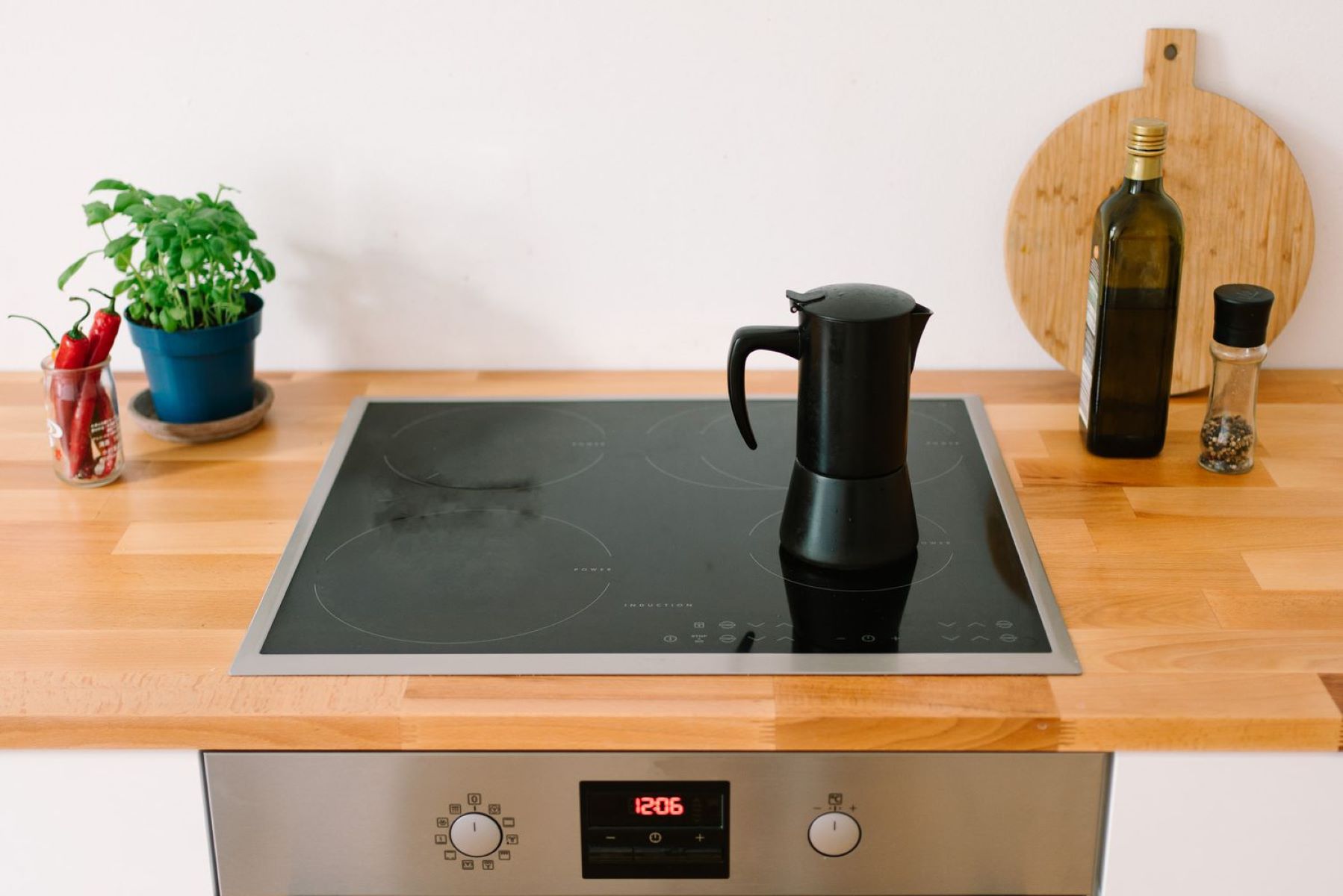
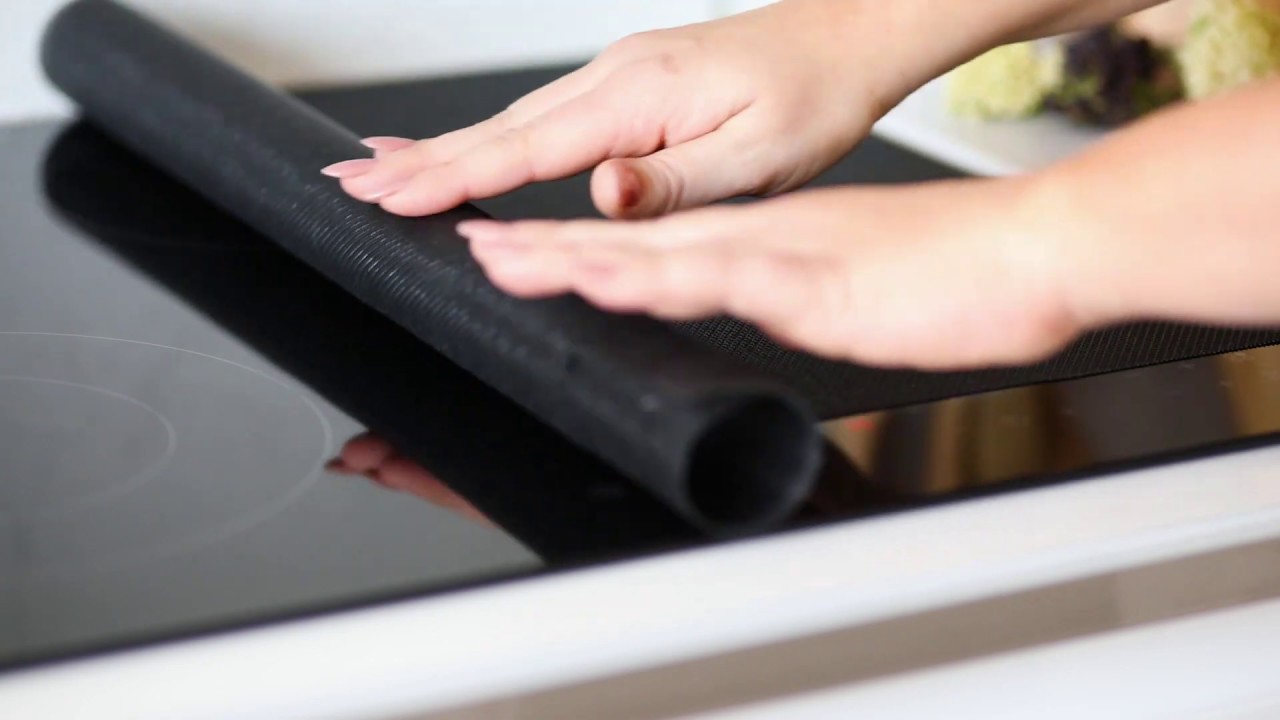
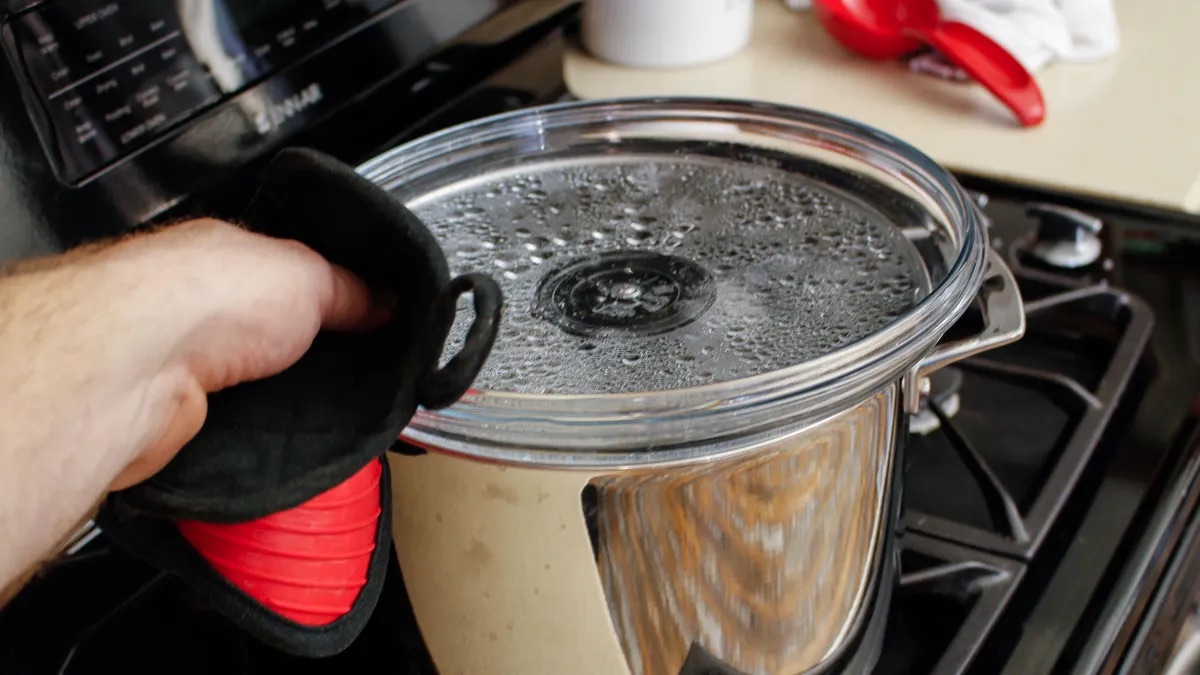
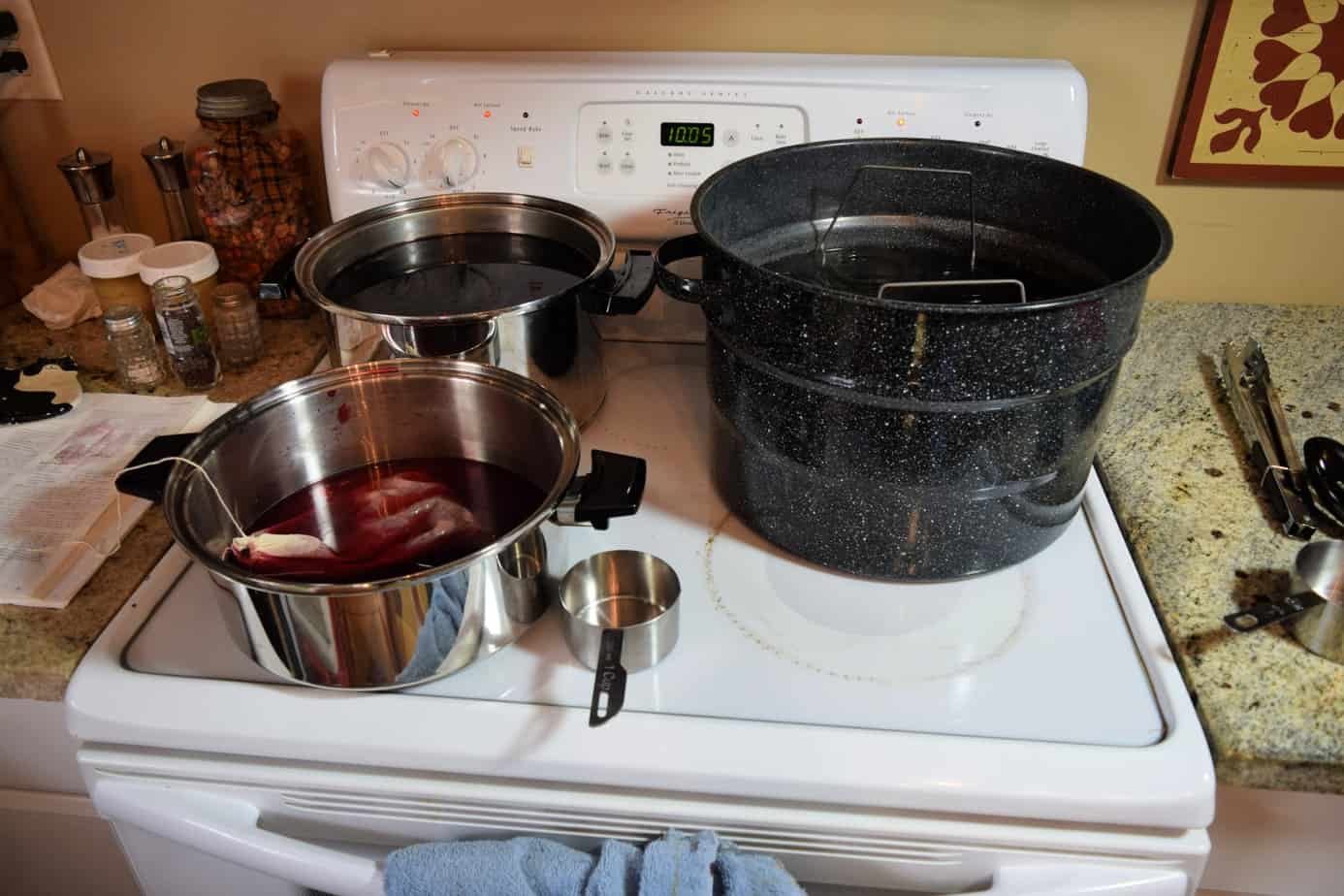
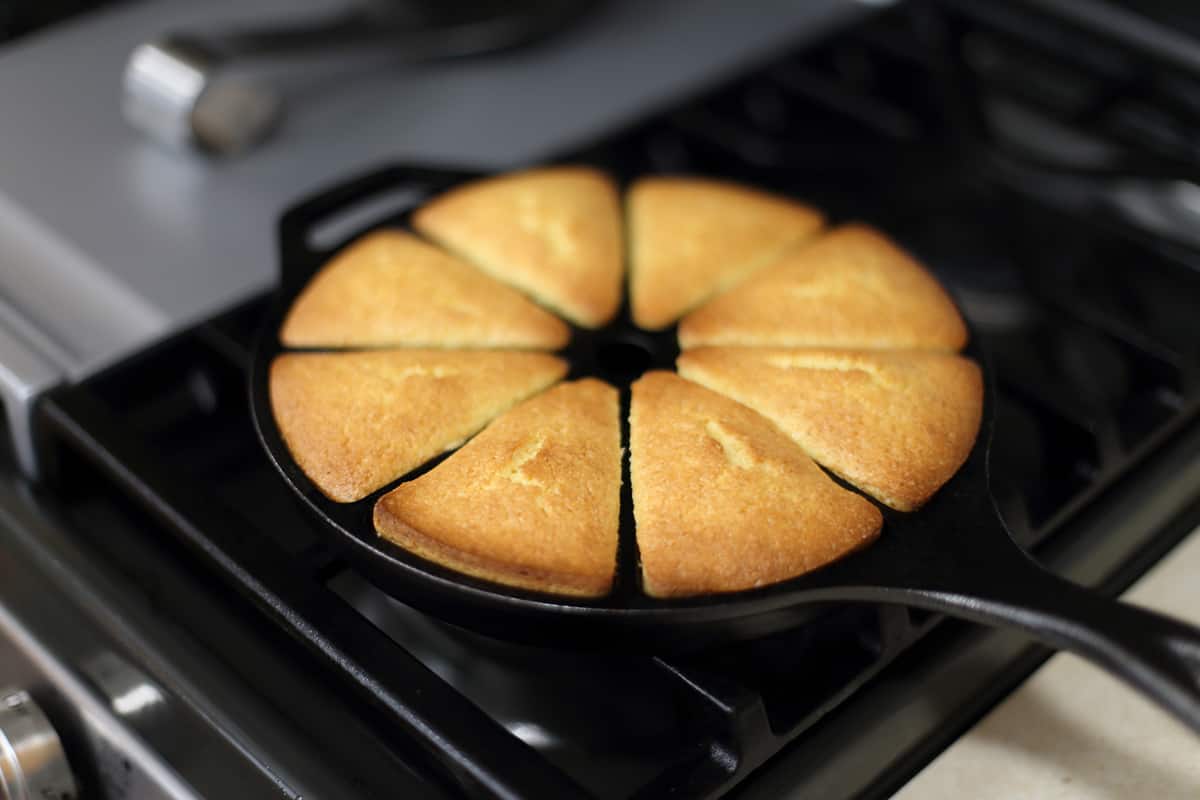
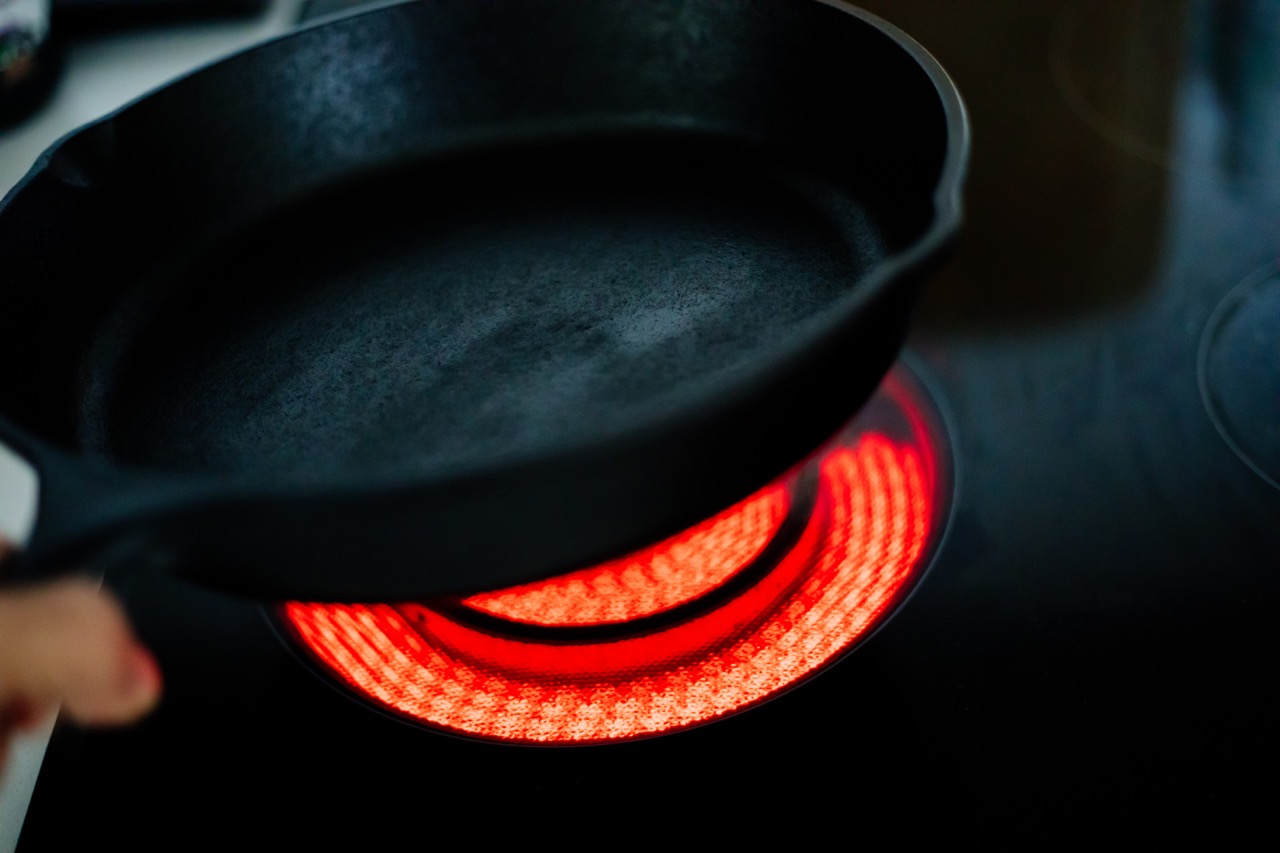
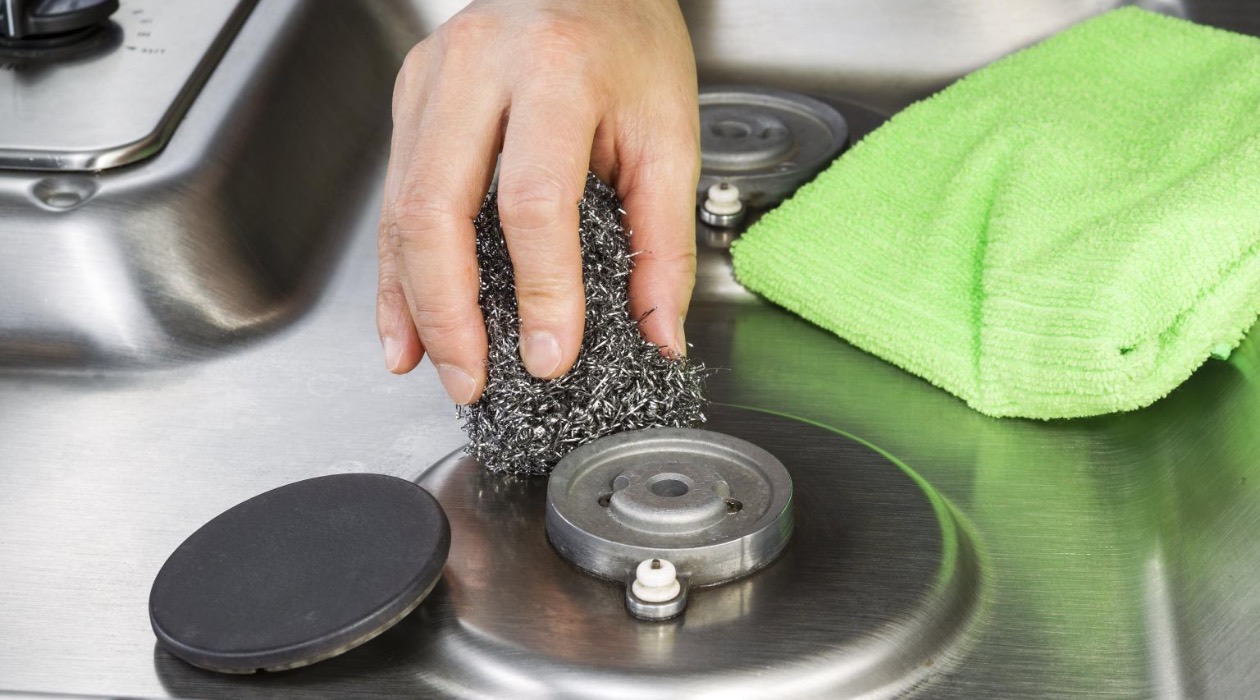
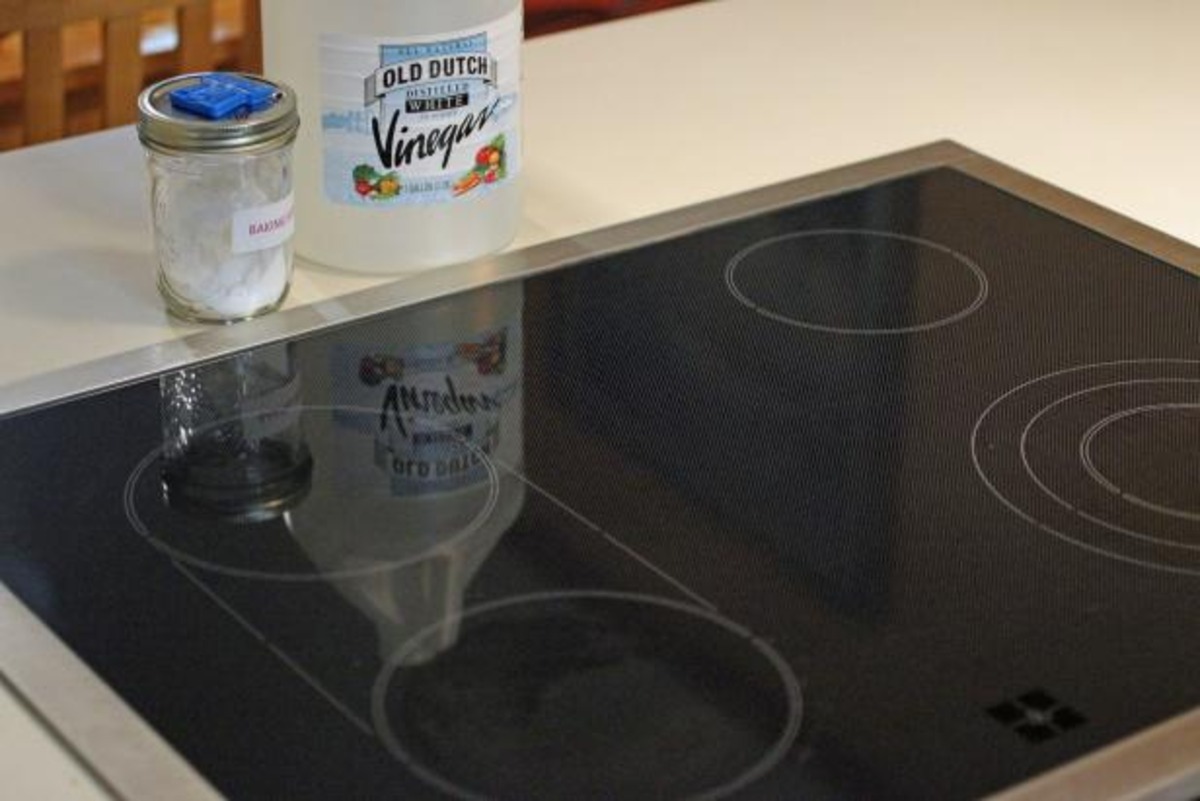
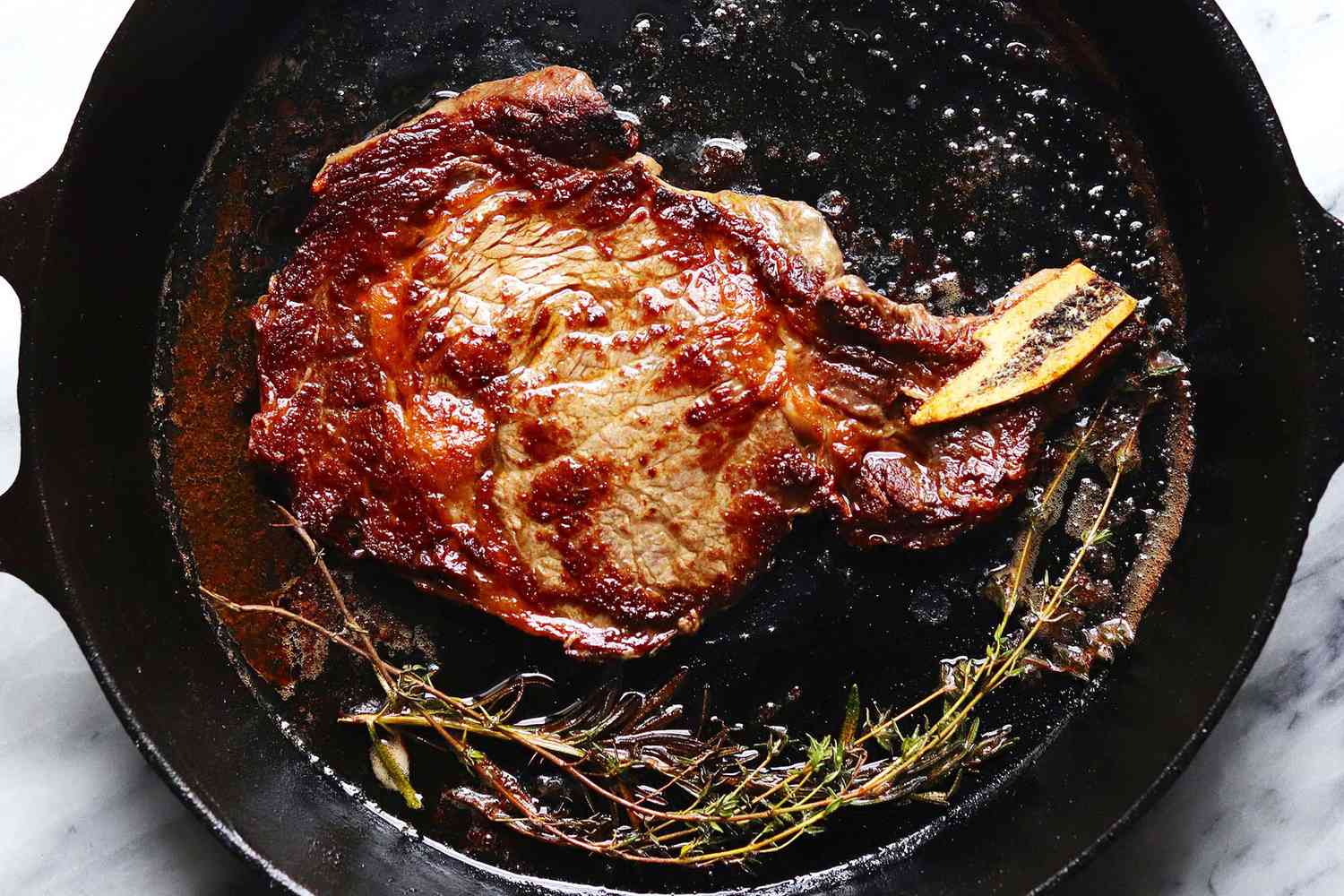
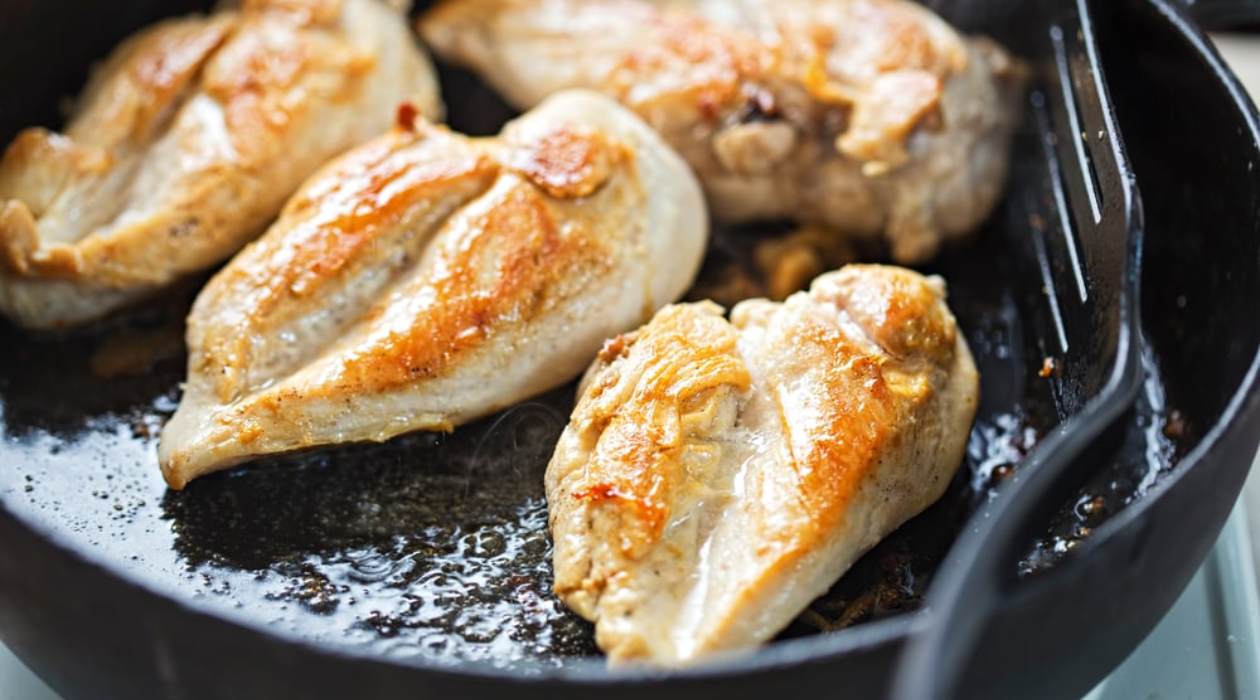

0 thoughts on “How To Protect A Glass Top Stove”